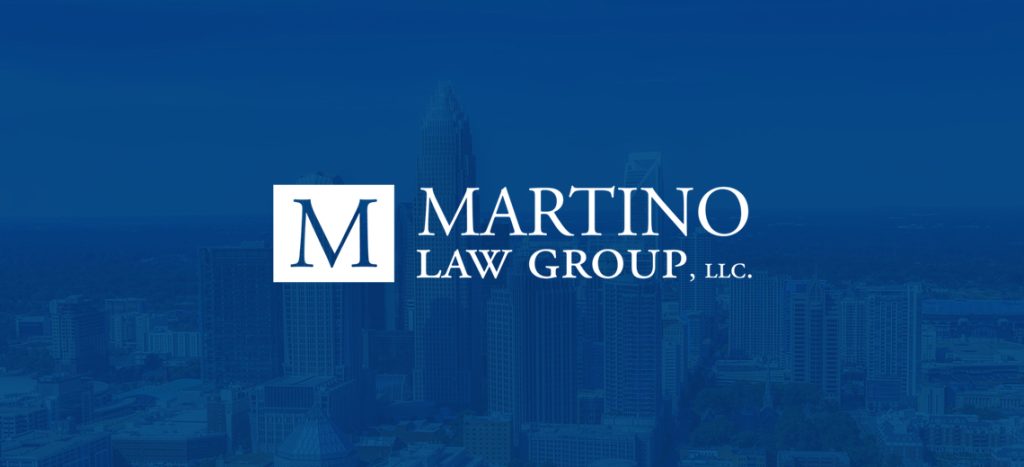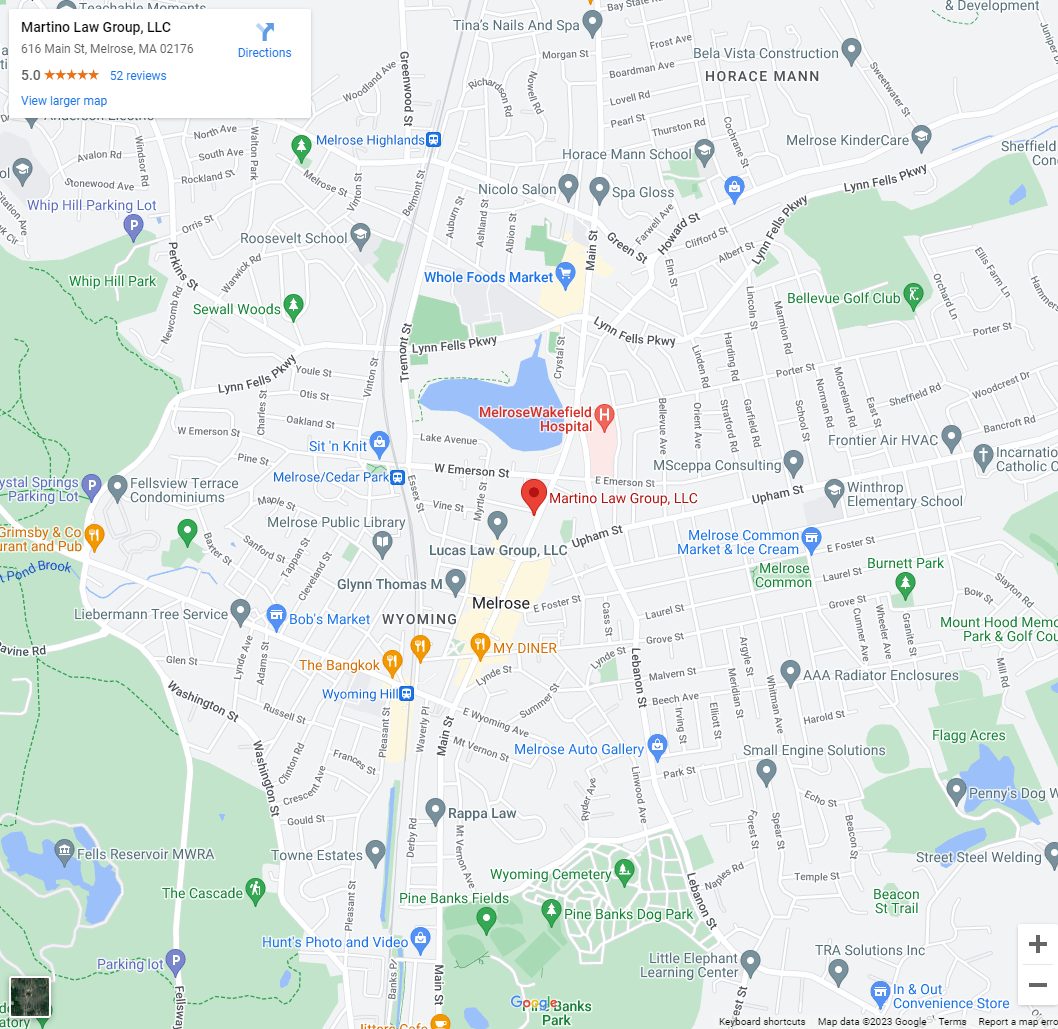A 1031 exchange can save you significant money by deferring capital gains taxes on investment properties. When you sell one property, you would normally pay taxes on your gain from that sale. However, if you use the funds gained to purchase another property (essentially exchanging one property for another), you can defer payment of capital gains taxes until you sell that next property. To take advantage of this program, you must plan ahead. Otherwise, you may miss a mandatory requirement. Here are several key elements to 1031 exchanges that you should keep in mind if you own investment properties and wish to save money via a 1031 exchange.
1 – Property Types Allowed
1031 Exchanges can only be used for selling and buying real estate (“real” property). It cannot be used for other types of properties, such as boats and trailers. There is somewhat of a gray area when it comes to things like parking spaces and boat docks. Consult with an attorney ahead of time to determine whether these qualify for a 1031 exchange.
2 – Like-Kind Requirement
You see the term “like-kind” quite a bit in 1031 exchange discussions. It is a critical element of any exchange. The property being sold must be like-kind to the next one being purchased. For instance, if you sell a multi-family home to purchase another multi-family, that is easily identified as like-kind. However, there can be much broader interpretations of like-kind when it comes to fee simple and leasehold interests. Working with an attorney who specializes in 1031 exchanges will help you confirm what does and does not qualify as like-kind.
3 – Investment Properties Only
There is a very common misconception among homeowners that if they sell their single-family primary residence to purchase another primary residence, they can avoid capital gains taxes. This comes from confusion over the 1031 exchange program, which applies only to business and investment properties. Single families used as primary residences are excluded. However, owners of single families can qualify for a different exemption of $250,000 to $500,000. In cases where a single family is converted to an investment property, then a 1031 exchange may be possible.
4 – Property Transfer Logistics
The 4th key element to 1031 exchanges involves logistics. This is absolutely critical. First and foremost, you must declare your intent to use a 1031 exchange when selling a property. Funds from that sale must be held by a qualified intermediary, rather than given directly to you. Potential replacement properties must be formally identified within 45 days and closed within 180 days. Failure to comply with any of these logistical requirements will disqualify your use of a 1031 exchange!
Understanding these Key Elements to 1031 Exchanges
If you own an investment property and plan to both sell and buy, a 1031 exchange is a smart choice. Start by selecting a Qualified Intermediary to handle your transaction. Additionally, work with an attorney that understands the complexity of an exchange for both your sale and purchase transactions. This will make your transactions go through more smoothly and reduce the chances of a costly mistake. For additional preliminary information on 1031 exchanges, contact our office.




